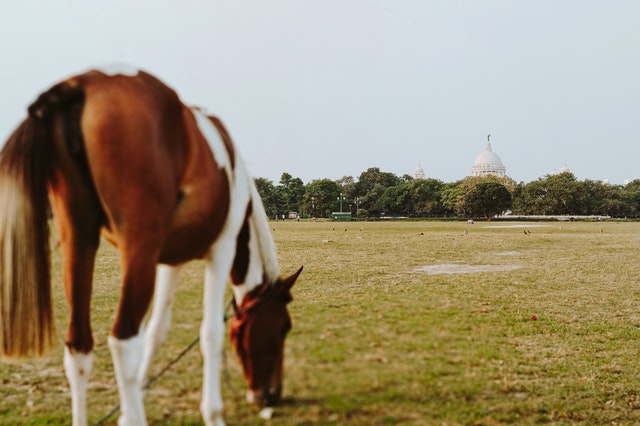The majority of horse owners like feeding their animals. It’s entertaining to see your horse nibble and rush to you before it spots you with the food bucket. Whenever it comes to your horse’s dietary requirements, however, it’s easy to make a mistake. These common dietary blunders should be avoided.
Overfeeding
As horse people, we normally appreciate taking care of our animals, which frequently includes feeding them the finest feeds available. It’s easy, though, to go overboard with the feed. Excessive intake can cause obesity in horses, including equine metabolism syndrome, as well as laminitis. You may be in danger of overfeeding your horses if you see yourself will become a professional chef for a horse that has no exceptional or specific dietary requirements.
Many horses require simply a simple diet of adequate hay or pasture and supplementation or concentrates are only required if there is a nutritional deficiency. There’s no need to spend time preparing bran mixes up, slicing carrots, or preparing complicated meals.
Underfeeding
With elderly horses who work hard, undereating can be an issue. While industrious horses should appear slender, they should not appear haggard. If hay or pastures alone aren’t enough to maintain your work horse in good shape, concentrates can help.
Keep in mind, though, that grasses or hay should make up the majority of your horse’s nutrition. Colic can be caused by nutrient deficient hay or pasture and overeating concentrates and grain. Go online to check out horse deals to find the best horse diets.

Insufficient Pasture Grass
When you look at a meadow from afar, it’s tempting to imagine it’s lush and green. However, a deeper look may indicate that your meadow is being overrun by unwanted weeds. This implies horses will have to work much harder to locate enough feed, and they may begin to eat weeds, which are less nutritious and sometimes hazardous. Maintain your pasture so that your horses have access to quality grazing.
Hay is in a bad way
It can be tough to buy hay, but it is well worth the effort because substandard hay can create a variety of issues. It’s possible that hay is nutritionally insufficient. Certain hays are inedible to horses and might result in colic. Your horse’s airways and general health can be harmed by dusty, rotten hay.
Using Volume Instead of Weight to Calculate
It’s critical to give concentrates and hay by weight rather than volume. Although estimating the amount of hay your horse eats from a circular bale will be challenging, you can approximate the amount of hay your equine consumes from small square bales. What is the significance of this? For each mealtime, owners usually throw a ‘few flakes’ of hay to their horses. However, not all little squares have the same weight.
It’s also crucial to weigh grain concentrations. The scooping method is used by the majority of caregivers. Horse feed manufacturers, on the other hand, encourage feeding by mass and calculate appropriate quantities based on body weight.
You could be under- or over-feeding your equine if you only go by sight. Weigh the amounts at least once to determine the appropriate quantity for your horse, and then label your scoops so you ensure you’re giving the same amount every time.





















































